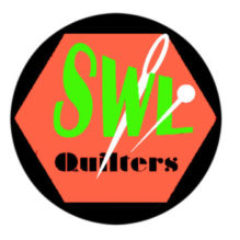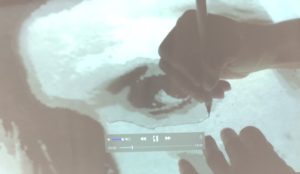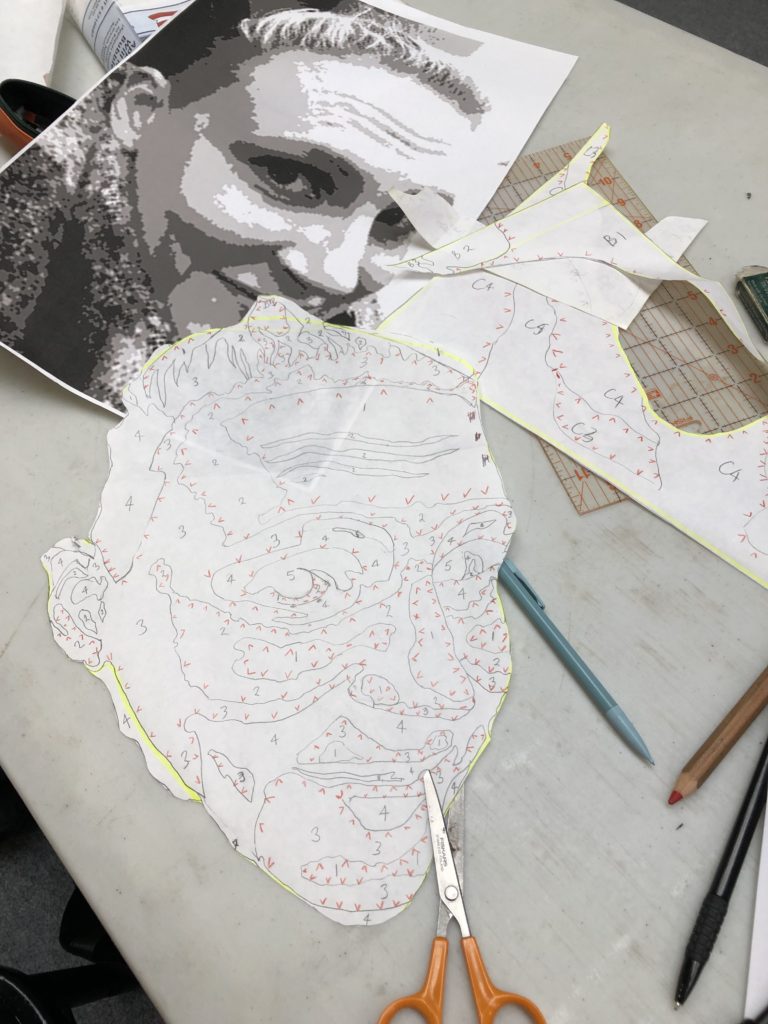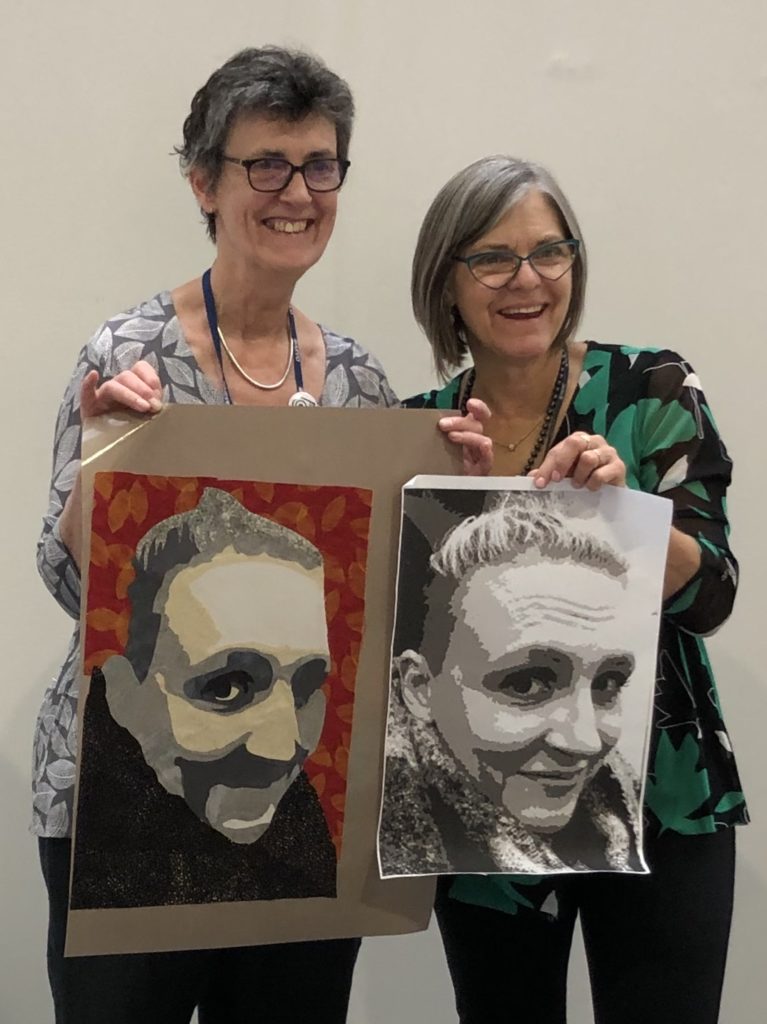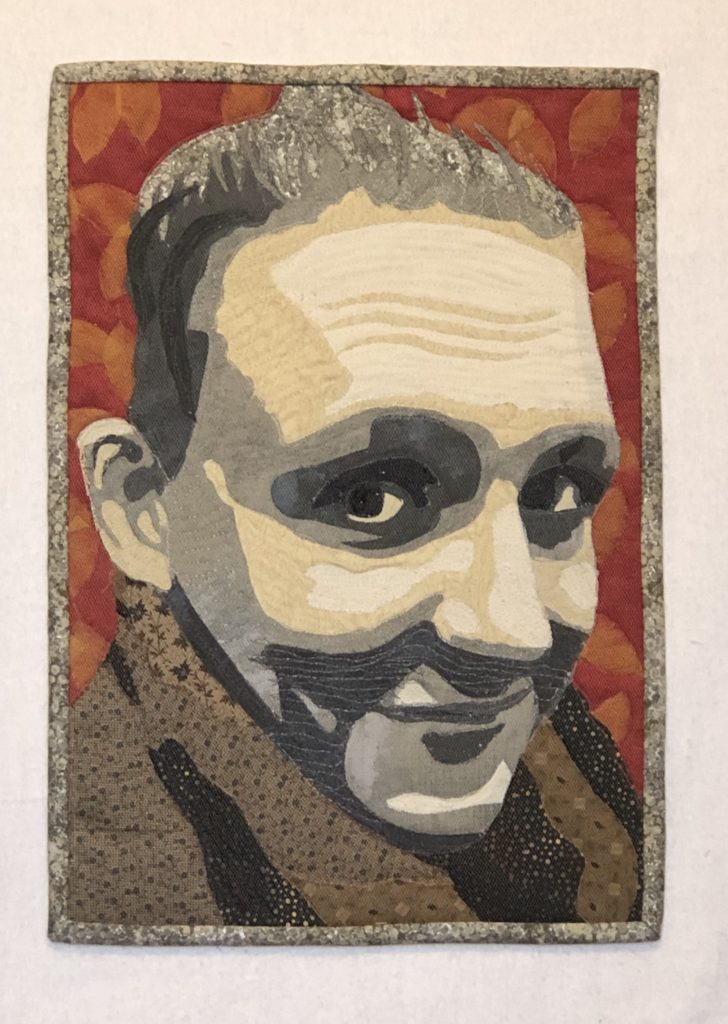SWLQ ran their first workshop last Saturday, 8th February. We were very fortunate to have Janet Bolton, to get us off to an excellent start. Many of you may be familiar with her charming work which has been used to illustrate children’s books. https://www.janetbolton.com
After a short introduction to her method of making small pictures with scraps of many varied fabrics, Janet suggested that we might like to start by making the background piece and frame etc, so that we had something to work on as our ideas developed. Some members had already done this before the workshop started which got them off to a really good start. It was a really excellent way to get us into the mood for a bit of creativity and hand stitching.
Janet advised us on methods of presenting the work using picture frame mounts and the advantages of using glass, Perspex or nothing at all. She had brought along a good selection of her works, some mounted, some framed which proved to be invaluable to study at close range.
The pieces we produced were very varied, some managed to capture Janet’s individual style with the needle turned appliqué directly applied. Janet gave us loads of tips on what works for her, but she was very keen to encourage everybody’s individual creativity.
She had travelled the world with her work and she told the story of her trip to The Stitchin’ Post and meeting the Gees Bend Quilters, bringing with her the quilt with their signatures on for us to see.
Once we have been able to gather images of our finished works, we will put up a mini gallery. We can’t wait to see them all together.
